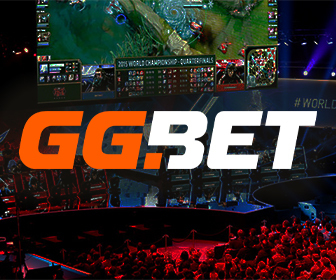We can remember many different things about the video games we played. Sometimes it is about the beautiful words we explored, or about the complicated challenges we managed, or outstanding storytelling, or various weapons and skins, or this, or that. However, more often than anything else, we tend to remember the characters.
The reason is quite simple – we associate with the characters we play for, or with. A great character can make even an average game unforgettable, because we connect to them emotionally. This is why character art plays a huge part in how we as players experience video games.
So, what makes great character art, and what can designers, artists, and developers learn from it?
The Psychology Behind Connection
Characters must not only look good or stunning to make players connect with them emotionally, but they also have to tap into psychology. Good character design includes expressions, posture, and minor details, because this is what people notice. We as humans relate to faces and gestures.
Pretty much like in real life, when a player meets a character, they instantly form their impression about the character. Rarely does this impression from the character change as the game unfolds – in contrast to real life, where people’s characters can unfold slowly. The player wants to know what the character is about quickly, and the game usually allows them to. To choose the character or choose how to interact with them, the player has to be able to assign meaning to them and their behavior, shown via face, posture, and gestures.
Every line, color, and texture tells part of the story before any dialogue appears.
Designers who understand this psychological layer can create characters that feel alive. They don’t just look good; they speak visually, even in silence.
There are some standards that the gamer community is already used to, and they “read” the new characters they meet due to a number of cues given by the designers. If the cues are poor or don’t stick, the player will lose this precious connection to the character.
Simplicity, Not Excess
One of the common misconceptions is that a really great character art has to include a ton of details. However, in reality, the best designs are often not hyper-detailed, but simple: with clear shapes and distinctive silhouettes.
One distinctive feature that can be a signature is a good idea; think of Lara Croft’s braid. Such a simple concept, but instantly recognizable. The key is to have simple elements that are consistently repeated; they work better than overloaded visuals and are easier to relate to.
Psychologically, simplicity helps players build quick associations and make the game easier to play. Think of a movie where two characters look very alike and you constantly forget who is who or confuse them. The same rule works for games; players must be able to recognize the character in shadow or from behind without effort.
Storytelling Through Design
Character art must not just represent a character at a certain point in time, but tell a longer, deeper story. Character art is storytelling in a visual form, suggesting a backstory via the image; scars, old clothes, specific items, or details say something about the character without the need to tell it in words.
Before releasing a character, designers ask themselves: what has this character lived through? What has shaped them? How does this translate into visuals?
Animation and movements are also part of this backstory concept. While static is a foundation, the character must move, and the way they move tells a lot about them. Heavy movement suggests physical power, smooth movement conveys elegance or skill (or youth!), limping hints at a recent wound in a battle, or old wounds, or old age. Motion is able to create empathy even more than a static image.
Design That Evolves
Another mark of great character art is evolution throughout the game. When the character changes visually, it reflects growth or how the story proceeds.
When the hero’s armor is scratched after a long journey, or if the colors shift a little when the story darkens, or the character gets a new skin when the player reaches a new level, all these visual cues mirror the transformation. The player can feel that the character’s journey is real.
(If you play any game with a gamble mode in a Visa casino, the interface of the game changes visually to mark a different mode; when this mode is over, the game returns to normal. The same with any game.)
Why It Matters
Great character art doesn’t just decorate a game or exist just because there are characters in the game. A well-designed character impacts how the player perceives the game and plays it. It can make us as players brave, or cautious, or aggressive, or protective.
Characters act as emotional anchors because they are exactly the elements that drive the most emotion from the players. From a psychological perspective, characters act as mirrors. Therefore, it is important to provide the right mirror for the player to have a great user experience and return to the game again and again.

